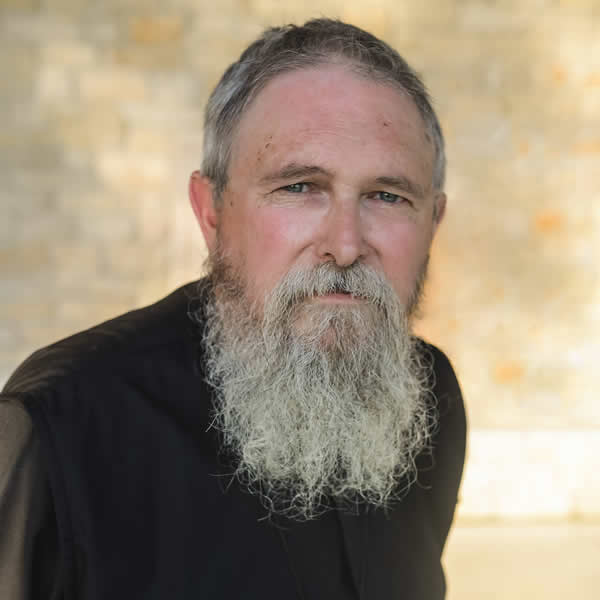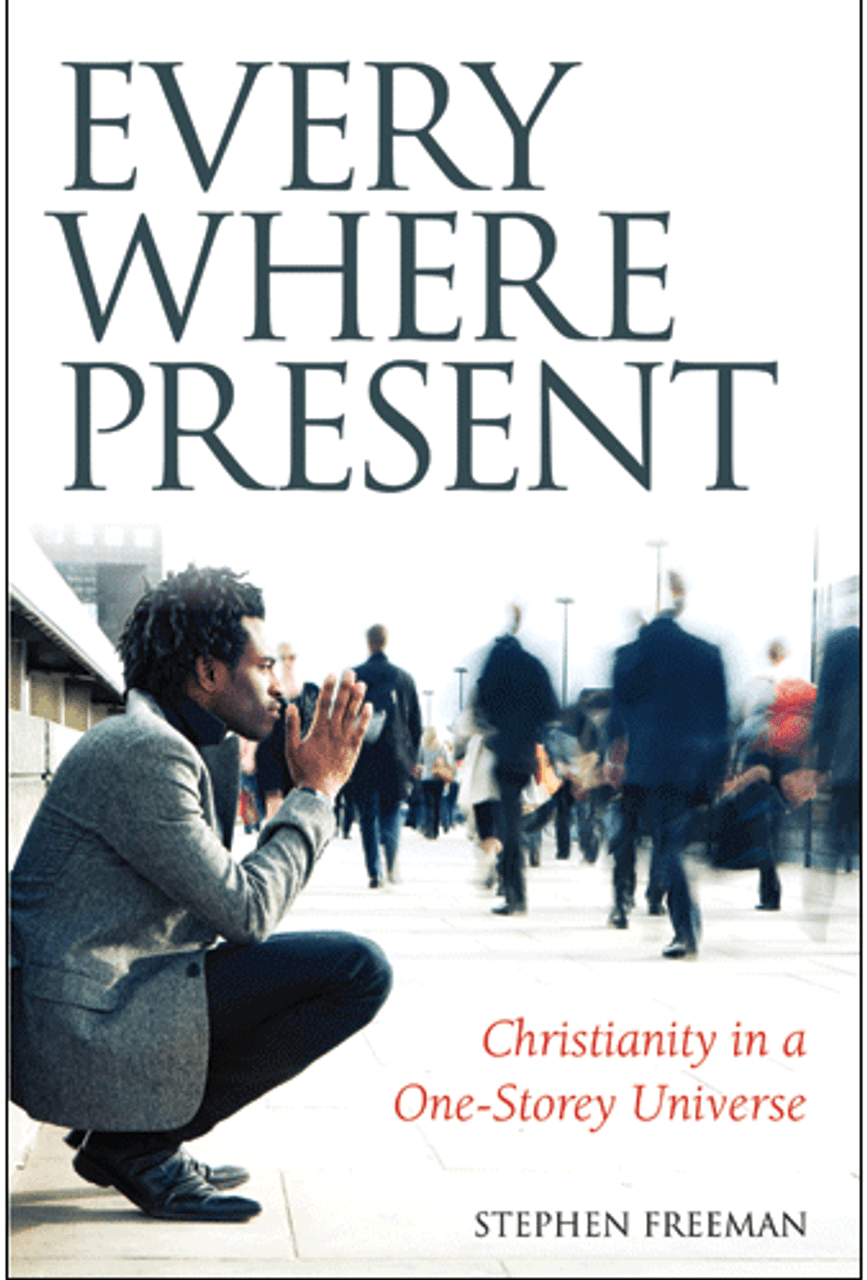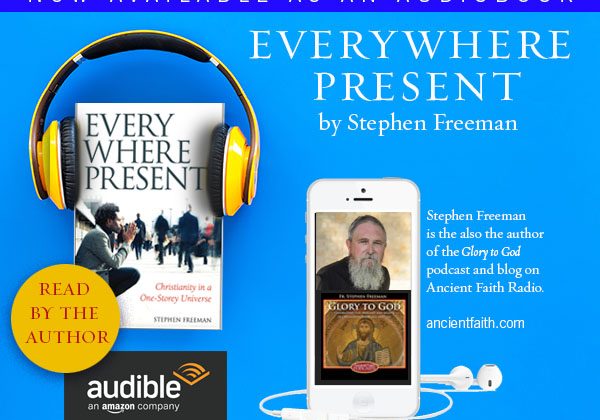 One of the great blessings of the human brain can be found in its ability to take two things and make them one. We have two eyes, which means they necessarily see things differently. Look at the world with one eye open and switch to the other eye. Things appear to move. Viewing the world through one eye also makes things appear somewhat “flat.” The wonder of “stereo-scopic vision” (seeing through two eyes) lies within our brain. The brain takes two different sights and reconciles them, combining them in such a way that a new picture emerges, one that includes a perception of depth. O Lord, how marvelous are Thy works!
One of the great blessings of the human brain can be found in its ability to take two things and make them one. We have two eyes, which means they necessarily see things differently. Look at the world with one eye open and switch to the other eye. Things appear to move. Viewing the world through one eye also makes things appear somewhat “flat.” The wonder of “stereo-scopic vision” (seeing through two eyes) lies within our brain. The brain takes two different sights and reconciles them, combining them in such a way that a new picture emerges, one that includes a perception of depth. O Lord, how marvelous are Thy works!
The fathers describe two other ways of seeing the world – or perhaps we could describe them as ways in which we process what we see: mind and heart. General human experience in the modern world concentrates on the mind’s sight. The mind judges, compares, weighs, measures, etc. It is tremendously useful and necessary to our existence. The mind not only sees, it sees itself seeing. The heart sees in a distinctly different manner. It does not judge. It does not compare. It does not distance itself in space or time. It experiences no desire and does not defend or justify itself.
Most of our lives we see “out of one eye.” The mind is the dominant mode through which we manage our lives and see the world. We judge our circumstances and consider our options. We pay attention to cause and effect and give thought to consequences. Some do a better job of this than others. The sight of one eye is easily damaged and distorted.
No one sees the world entirely through the heart: we are not meant to. The mind is the gift of God and is meant to play its part in our lives. But seeing only through the mind’s eye, our vision lacks depth. We fail to see beauty and perceive the importance of the moment and its irreplaceable value. In lacking depth, we fail to see relationships, judging all things as in competition.
The sight of the body is stereoscopic, created for a wholeness of vision that does what no single eye can do. The sight of the soul is stereoscopic as well, requiring the fullness of its capacities in order to rightly see the world and the hand of God. O Lord, how marvelous are Thy works!






Leave a Reply